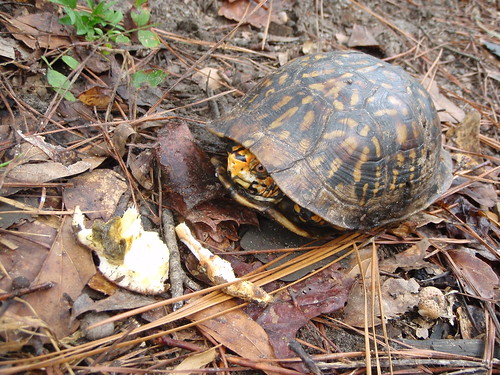Bartram Trail wrote about the effect of William Bartram’s Travels on the English Romantics:
Continue reading
Moreover, Bartram was describing not merely the New World, but one of its most exotic regions, the subtropical forests, rivers, and savannas that were so unlike the tame English countryside, even in the Lake district. Bartram’s America was inhabited by tribes of Indians, whom the English writers saw as “natural men,” the survivors of an ancient civilization, now lying in mysterious ruins, which also suggested many poetical and imaginative associations.
Coleridge read Bartram’s Travels carefully, wrote thoughts and extracts from them in his notebooks, and later withdrew images and
stories for his poems. Bartram’s influence is quite evident in several major works of the period: This Lime-Tree Bower My Prison, Osorio, The Rime of the Ancient Mariner, Christobel, Frost at Midnight, Lewti and Kubla Khan.(116) Perhaps most strikingly, Coleridge later used Bartram in The Biographia Literaria to describe the poetic imagination. A passage in the Travels describes the stratified relationship between rocks, clay, soil, and the trees growing at the surface; to Coleridge, this seemed “a sort of allegory, or connected simile and metaphor of Wordsworth’s intellect and genius.”(117)
Wordsworth was also




